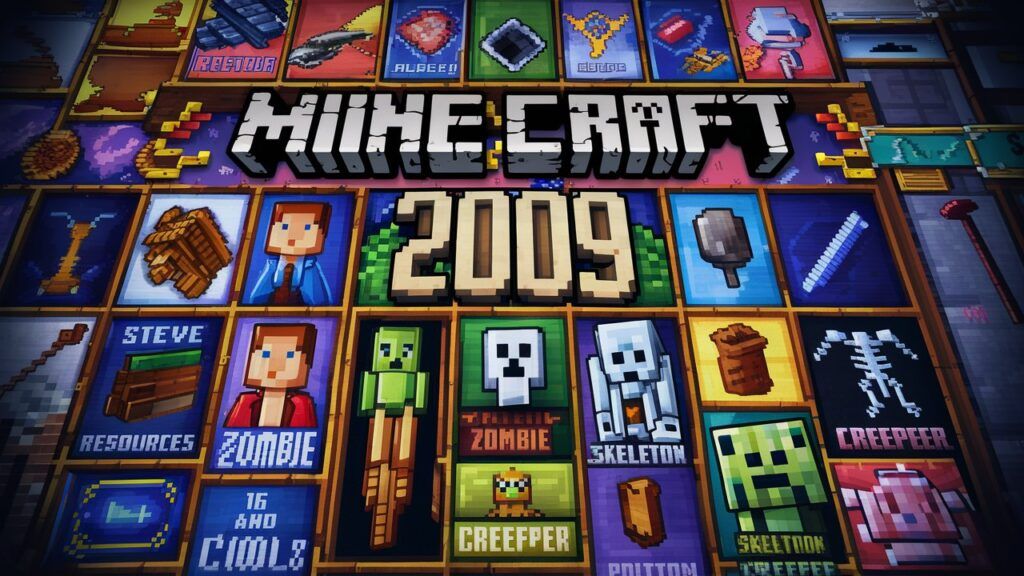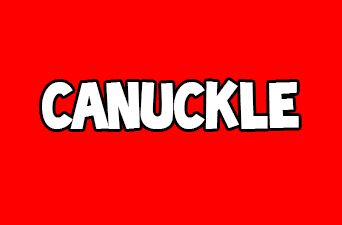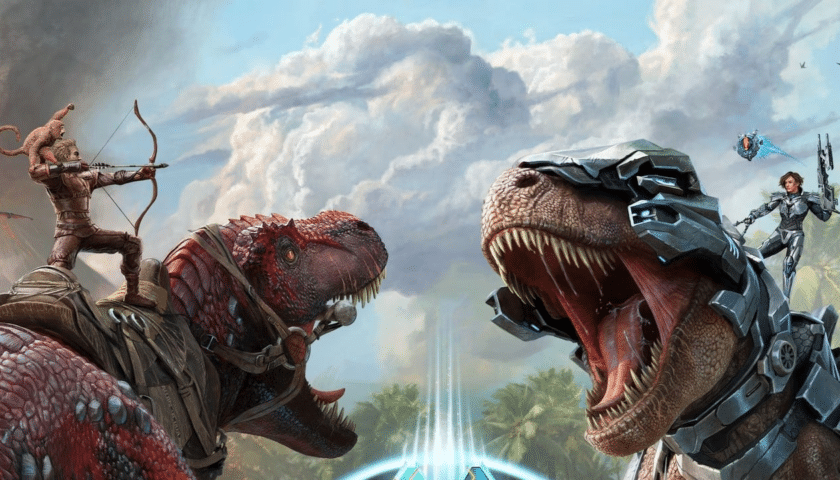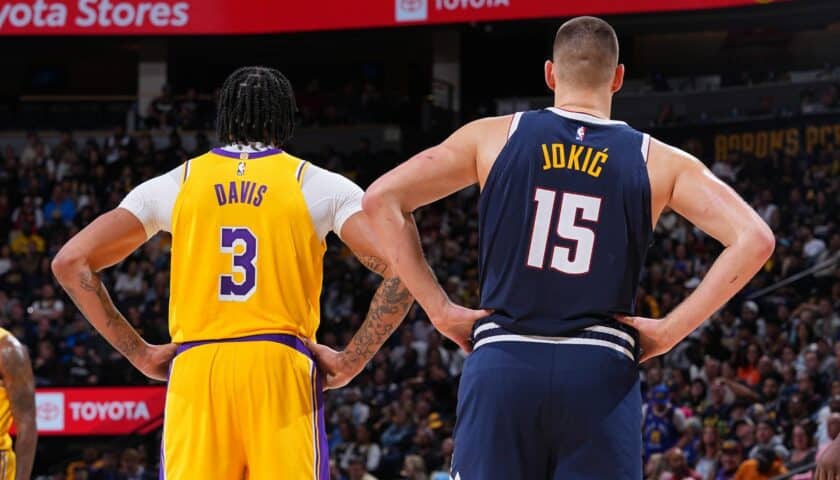Introduction
Released in 2009 by Mojang Studios, Minecraft is a sandbox game that has taken the gaming world by storm. One of the most appealing features of the game is its endless customization options, which allow players to personalize various aspects of their in-game environment. Among the most popular elements are Minecraft (2009) game icons banners. These tools give players the ability to create unique symbols, flags, and representations to enhance their virtual worlds.
In this comprehensive guide, we’ll dive into everything you need to know about Minecraft (2009) game icons banners. From crafting techniques and creative design tips to practical uses and common questions, this article will help you maximize your in-game experience by utilizing these powerful customization features.
What Are Minecraft (2009) Game Icons Banners?
Game Icons
In Minecraft, game icons are small visual elements that represent different items, entities, or players in the game. They serve both functional and aesthetic purposes. For instance, you’ll find icons for:
- Player markers on maps
- Item icons in your inventory, such as swords, pickaxes, or food
- Server icons used by multiplayer servers to distinguish themselves
These icons are essential for navigation and quick identification of important game elements, and they play a crucial role in Minecraft (2009) setups.
Banners
Banners are customizable, tall flags that players can craft and decorate with various patterns and colors. Used primarily for decoration, banners also serve practical purposes like marking territories, representing teams, or enhancing buildings. By creating intricate designs, you can showcase your creativity and personalize your gameplay with unique Minecraft (2009) game icons.
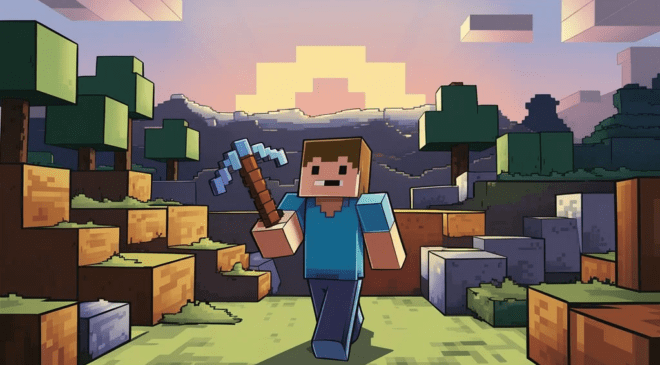
How to Craft Banners in Minecraft
Crafting banners in Minecraft is straightforward, but creating detailed designs takes some practice. Below is a step-by-step guide to help you craft and customize your banners:
Materials Needed:
- 6 Wool Blocks: The color of the wool determines the base color of your banner.
- 1 Stick: Acts as the pole for the banner.
Crafting Process:
- Open the Crafting Table: A 3×3 crafting grid is needed.
- Arrange the Materials: Place 6 wool blocks in the top two rows and 1 stick in the center of the bottom row.
- Craft the Banner: Once arranged, this combination creates a banner with the base color of the wool used.
Customizing with Designs:
Using a Loom is essential for adding custom designs to your banners.
- Create a Loom: Combine 2 strings and 2 wooden planks.
- Open the Loom: Insert the crafted banner into the Loom interface.
- Add Dye: Choose the color of dye you want to apply and add patterns. The patterns you choose, combined with the dye, create the desired design.
- Apply Special Patterns: Using certain items like the Creeper head or enchanted golden apples, you can apply special patterns like the Mojang logo or skull design to your banners.
Types of Banner Designs in Minecraft (2009) Game Icons Banners
Minecraft allows players to create various types of designs on their banners, ranging from simple patterns to complex, multi-layered designs.
1. Simple Patterns
These basic designs are easy to make and include:
- Stripes: Vertical, horizontal, or diagonal stripes created by layering different colors of dye.
- Borders: Add a solid or dotted border around the banner.
2. Complex Patterns
More intricate designs can be created by layering dyes. Some popular patterns include:
- Creeper Face: Requires a Creeper head and dye.
- Skull and Crossbones: Made with a Wither skeleton skull.
- Mojang Logo: Created using an enchanted golden apple.
3. Gradient Designs
Gradients allow players to transition from one color to another, adding depth and dimension to the banner. These designs work well when paired to more intricate builds or to represent teams in multiplayer mode.
The Best Uses for Minecraft (2009) Game Icons Banners
Banners and game icons in Minecraft serve both aesthetic and functional purposes. Here are some of the best ways to use them:
1. Marking Territories
Banners are a great way to mark your territory in multiplayer games. When playing with friends or on a server, creating a distinct banner design will signify your ownership of a base or plot of land.
2. Representing Teams
In team-based games or custom mini-games, banners help represent different factions or players. Customizing a banner design can give your team a unique identity, boosting morale and teamwork.
3. Decorating Builds
Banners are often used to decorate buildings, castles, or other structures. They can be hung on walls, used as flags on towers, or even placed as tapestry in castles. With banners, your builds will look more authentic and creative.
4. Custom Mini-Games
Many players use banners as flags in custom mini-games like Capture the Flag. By using uniquely designed banners, you can create objectives for players to capture or protect.
5. Map Icons
Banners can also be used to create map icons. When a banner is placed in the world and marked on a map, it appears as a custom icon. This is particularly useful for navigating large worlds, as it helps players mark key points of interest like villages, strongholds, or their own base.
Crafting Custom Game Icons in Minecraft
Creating custom game icons in Minecraft is a great way to personalize your game experience. Here are a few methods you can use:
1. Map Markers
By placing a banner in the world and right-clicking it with a map in hand, players can create a custom icon on the map that mirrors the banner’s design. This is one of the many ways icons banners are used to make in-game navigation easier.
2. Server Icons
For those running Minecraft servers, custom server icons can be added to make your server stand out on the multiplayer list. To create a server icon:
- Design a 64×64 pixel PNG image.
- Save the file as “server-icon.png” and place it in the root directory of your server folder.
This small but significant feature gives your server a professional and distinct look.
Conclusion
Mastering the use of Minecraft (2009) game icons banners opens up new creative possibilities in the game. Whether you want to mark your territory, represent your team, or decorate your builds, these elements add a layer of personalization to your gameplay. By learning how to craft, customize, and use these features, you can transform your in-game experience and stand out in the Minecraft world.
Frequently Asked Questions (FAQ)
Q: What are Minecraft (2009) game icons banners used for?
A: This is used for a variety of purposes, such as decorating structures, marking territories, representing teams in multiplayer games, and creating custom icons on maps or servers.
Q: Can I remove designs from a banner once they’ve been applied?
A: No, once a design is applied to a banner, it cannot be removed. You will need to craft a new banner if you want to change the design.
Q: How many patterns can I add to a banner?
A: You can add up to six layers of patterns to a single banner. Each layer can be a different color and pattern, allowing for complex designs.
Q: Can I place banners on shields in Minecraft?
A: Yes, banners can be applied to shields. Simply combine a banner and a shield in a crafting table, and the banner’s design will be applied to the shield.
Q: How do I get special banner patterns like the Mojang logo or Creeper face?
A: Special banner patterns can be obtained by crafting specific items or through loot chests. For instance, the Creeper face pattern requires a Creeper head, and the Mojang logo requires an enchanted golden apple.
Q: Can I create custom game icons with commands?
A: Yes, Minecraft allows players to use commands to create custom banners and icons. Using the /give command, you can generate banners with any combination of colors and patterns.
Visit this also- https://techmazinenet.com/ark-survival-evolved-2017/

